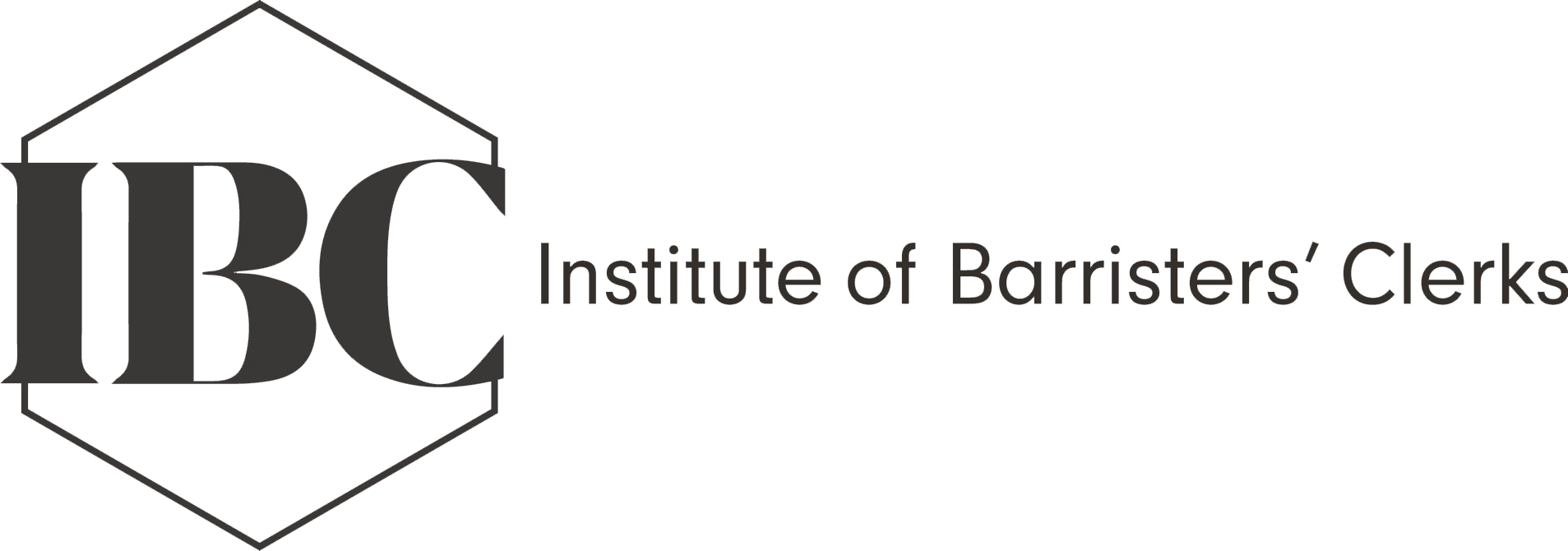Course Content and Structure for The IBC Advanced Business Management Course
Using a blended learning approach, the IBC Advanced Business Management Course has been built to give chambers the minimum level of disruption with the maximum amount of benefit. There are four main modules to the course, which is further expanded into individual lessons and topics.
Structure of the course:
- We begin with a remote meeting with all delegates to explain the course and how you can get the most out of it. We will set up study groups, giving you the opportunity to work with each other and debate topics.
- You are then free to work through the course. This is mainly facilitated via eLearning and can be conducted at your own pace. We do, however, recommend putting 3 to 4 hours a week aside for the course. We are always available to provide guidance or assistance.
- There will be an in-person training day at the beginning of module four. This will be held in London on the 14th October 2025.
- One-to-one sessions will be set up with each delegate as a part of module four. These sessions will be planned at a time convenient to you.
- Once the course has been completed, and all work submitted, it will be assessed. Your CMI certificate will then be issued.
Course Syllabus
| Module | Lessons | Topics |
|---|---|---|
| 0. Introduction to the course Remote meeting | Course discussion | Course explanation |
| Expectations and how to get the most from it | ||
| Integration with the CMI | ||
| Study group formation | ||
| 1. Business Development eLearning | 1.1. Business Development | Introduction |
| 1.1.1. Principles of BD | ||
| 1.1.2. Psychology of buying | ||
| 1.1.3. Business development styles | ||
| 1.1.4. Customer service – the client journey | ||
| 1.1.5. Client entertaining | ||
| 1.2. Marketing | Introduction | |
| 1.2.1. Client buying cycles | ||
| 1.2.2. Client buying shortcuts | ||
| 1.2.3. Social media and writing LinkedIn posts | ||
| 1.2.4. Chambers’ branding | ||
| 1.2.5. Planning a marketing campaign and data management | ||
| 1.3. Building Professional Networks | Introduction | |
| 1.3.1. Basic principles, importance, and benefits | ||
| 1.3.2. Personal motivation | ||
| 1.3.3. Networking anxieties and confidence-building | ||
| 1.3.4. Tools, practicalities, and etiquette | ||
| 1.3.5. Developing your personal magnetism | ||
| 1.4. Client collaboration | Introduction | |
| 1.4.1. How to make clients come back for more (sticky) | ||
| 1.4.2. Negotiation for business development | ||
| 2. Practice Management eLearning | 2.1. Practice Development Meetings | Introduction |
| 2.1.1. PDM Preparation and human factors to consider | ||
| 2.1.2. Business goals and expectations | ||
| 2.1.3. Setting objectives | ||
| 2.1.4. Tracking and measuring | ||
| 2.1.5. Progression and feedback | ||
| 2.1.6. Silk applications | ||
| 2.2. Managing staff within chambers | Introduction | |
| 2.2.1. Organisational motivation | ||
| 2.2.2. Staff performance management | ||
| 2.2.3. Staff appraisals | ||
| 2.2.4. Legal requirements, compliance, and resources | ||
| 2.3 Building and presenting business plans | Introduction | |
| 2.3.1. Writing a BD strategy for chambers | ||
| 2.3.2. Presenting to clients, members, or colleagues | ||
| 3. Chambers Management eLearning | 3.1. Governance | Introduction |
| 3.1.1. Structure and Governance | ||
| 3.1.2. Legislative and Regulatory Compliance | ||
| 3.2. Finance | Introduction | |
| 3.2.1. Chambers’ Finance | ||
| 3.2.2. Budgeting and cashfow | ||
| 3.2.3. Funding contracts and fee collection | ||
| 4. Leadership Development Classroom day | 4.1. Know yourself and others around you | Introduction |
| 4.1.1. Leadership in the chambers’ sector | ||
| 4.1.2. Personal branding | ||
| 4.1.3. Management and leadership personality traits | ||
| 4.1.4. Relationship building | ||
| One-to-one remote via Zoom x3 sessions | 4.2. Personal change management and development | Introduction |
| 4.2.1. Personal change management | ||
| 4.2.2. Business mentoring and coaching |
